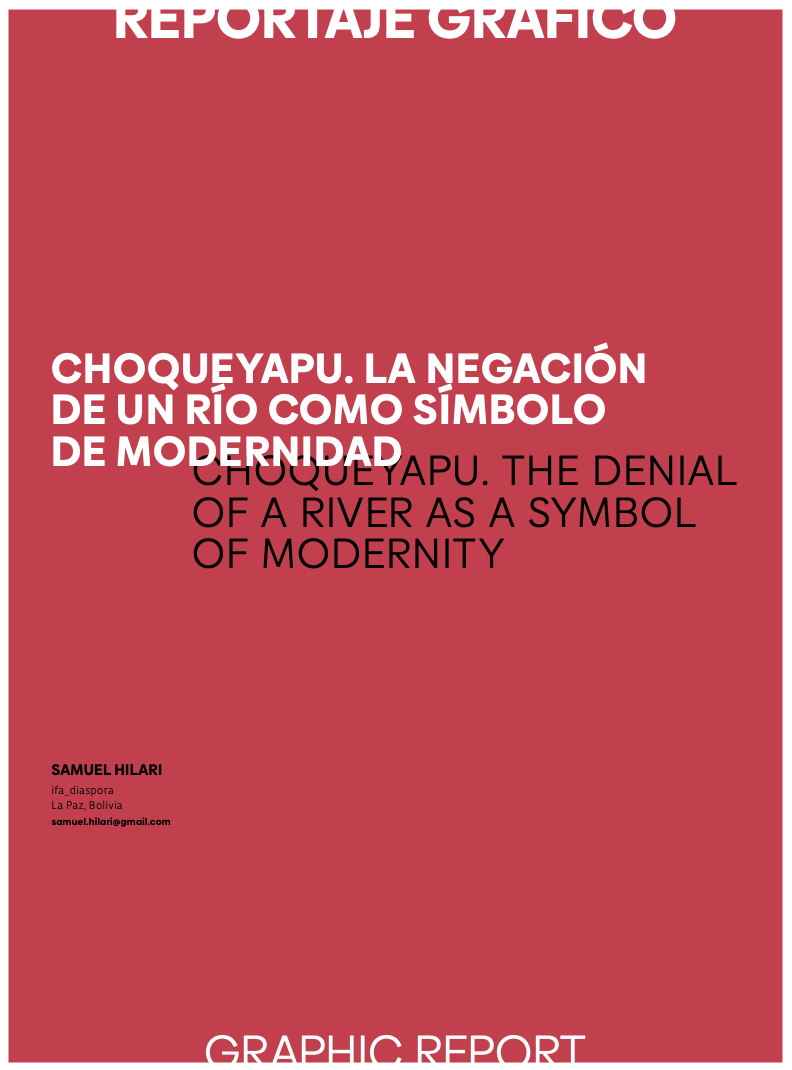Choqueyapu: The Denial of a River as a Symbol of Modernity
Main Article Content
Abstract
The Choqueyapu River has been forming, over millions of years, the topography of the Chuquiago1 Valley. Exploited as a gold mine during the Inca period (Bedregal Villanueva, 2013, pp. 23-24), it was the economic foundation of the pre-Hispanic urbanization processes that took place here. The river began to have another meaning, both physical and symbolic, with the transfer of the newly founded colonial city of La Paz to the eastern side of the valley in 1573. From that moment on, the Choqueyapu began to represent the physical barrier that separated the “Indian” from the “Spanish” space. This segregation of the central space of the city was maintained, in broad terms, until the vaulting in the central part of the city was completed in the middle of the 20th century (Bustillos Vega et al., 2017, p. 142).
Article Details

This work is licensed under a Creative Commons Attribution-NonCommercial 4.0 International License.
Materia Arquitectura provides immediate and free access to all the content of this online edition, published simultaneously with the print edition.
Materia Arquitectura does not charge authors for any concept.
All contents of this electronic edition are distributed under the Creative Commons license of "Attribución-shareAlike 4.0 Internacional" (CC-BY-SA).
The rights of the published texts and images belong to their authors, who grant Materia Arquitectura the license for their use. The management of the permits and the authorization of the publication of the images (or of any material) that contains copyright and its consequent rights of reproduction in this publication is the sole responsibility of the authors of the articles.
As long as they mention their origin, the authors are free to distribute their articles by other means. Any total or partial reproduction of the material must mention its origin.
